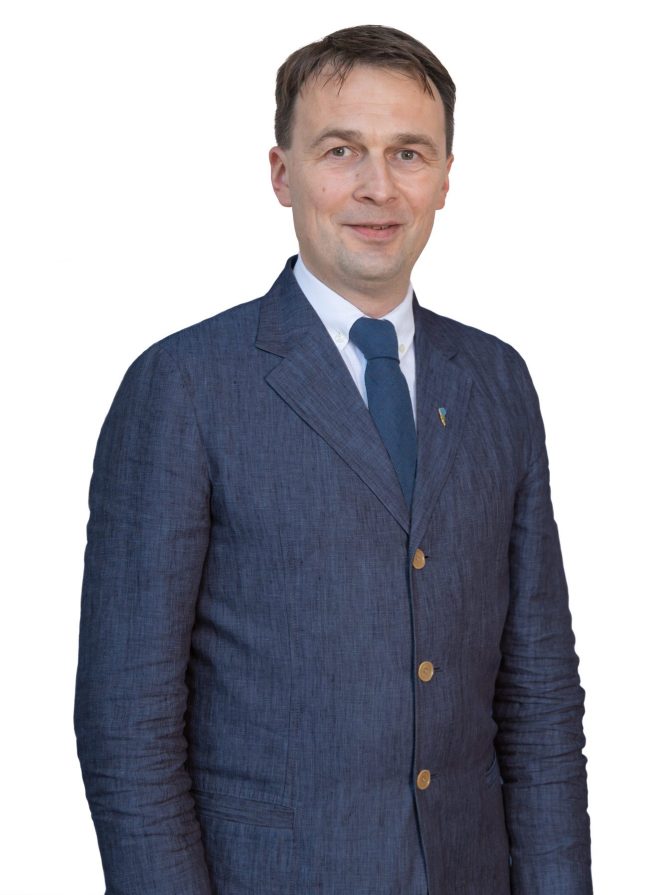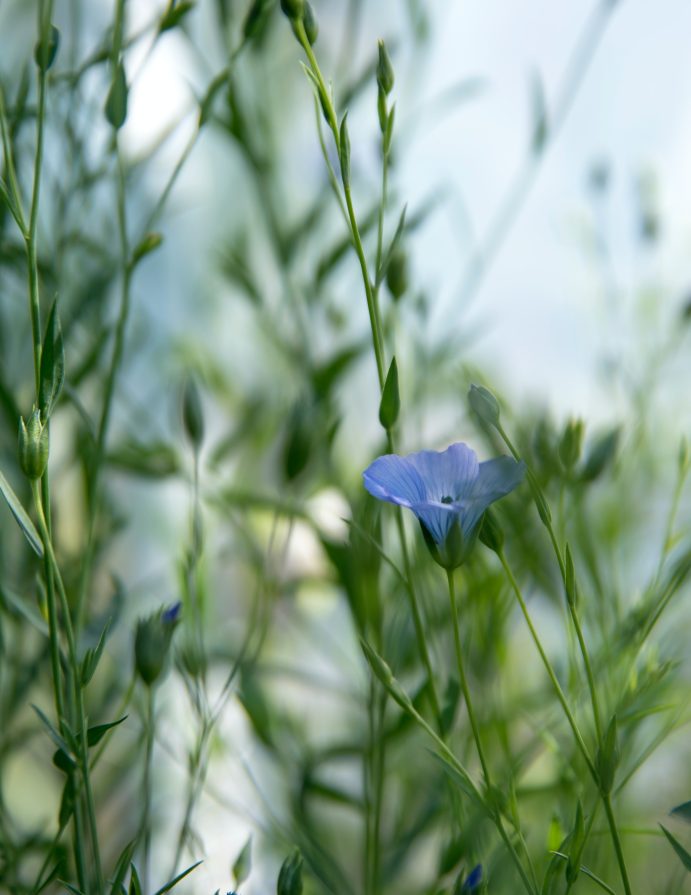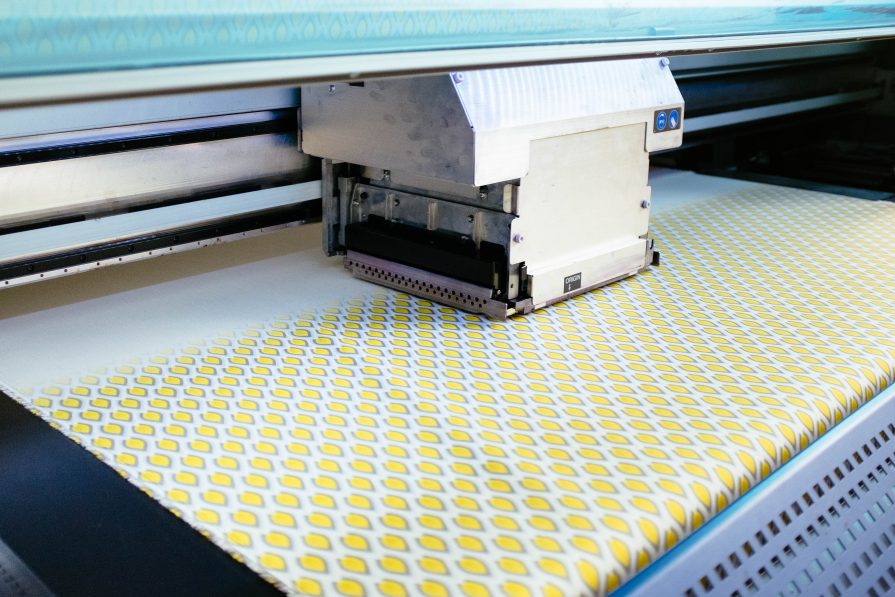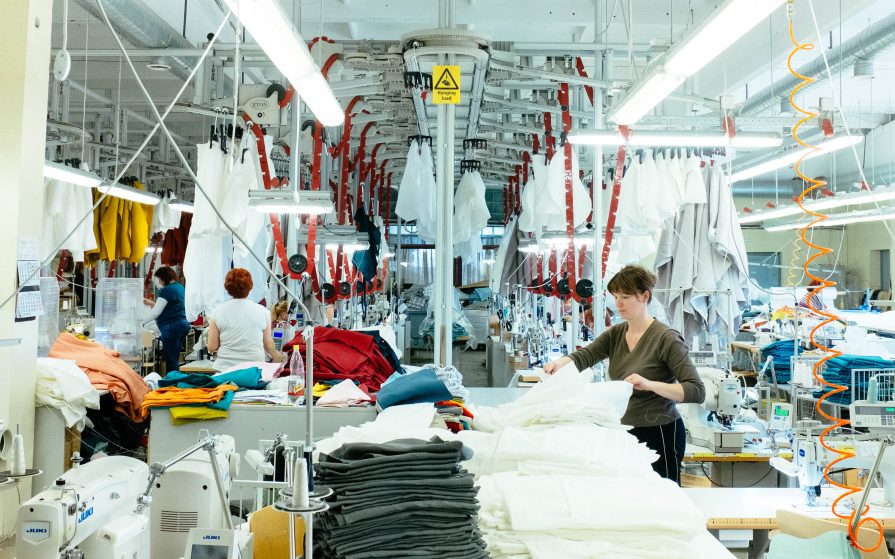Klasikinė Tekstilė The - Yarns and fibers - Yarns - Manufacturing

Klasikinė Tekstilė, a high-end Lithuanian linen producer with its own full production cycle manufacturing facility, has been operating in the industry for more than 30 years. The company has three departments under one roof: weaving, finishing, and sewing. Première Vision met with Donatas Akelis, the company’s Chief Sales Manager, to discuss their business.
Première Vision: Your company has worked with linen since its inception in 1991. Why linen?
Donatas Akelis: Linen has been a very important part of Lithuanian history for centuries. For many people, Lithuania and linen are synonymous. We have a lot of small companies that work with linen in the country.
We don’t grow flax anymore. It comes mainly from France and Belgium. But when it comes to what we do, which is weaving and sewing, there’s still a lot going on in this country.
We’ve been doing it for 30 years, and it’s sometimes difficult, but it’s what we chose to do: work with linen.
Linen has gained a lot of traction for the past few years because of its low environmental impact. Can you tell us a bit more about its sustainable qualities? Have you gained a new market because of that?

We’ve been seeing this trend for the past 10 to15 years, which is to our advantage. People are buying more and more natural products.
As for linen, the fiber and therefore the whole process has a low impact. We have always known it from observation, but it is now measurable scientifically.
In 2022, the Alliance for European Flax-Linen & Hemp launched the first LCA [Life Cycle Assessment] of the European FlaxTM scutched fiber. So, it’s the first fiber in the agro-industrial industry to measure its environmental impact according the PEF (Product Environmental Footprint) method, with 16 different impacts. Currently the same process is being developed at the yarn and fabric level. Ultimately the goal is to measure the final garment’s impact throughout the whole chain.
As you know, flax growing doesn’t require irrigation, only rainwater. It is certainly an advantage for linen.
So, ultimately the consumer will be able to compare the impact of a linen shirt compared to a cotton one for example?
Exactly. For a long time, cotton and linen prices were similar, which is not how it should be. Every year, linen prices are going up, partly because of global warming. The end product is getting more expensive as well: now a linen shirt is much more expensive than a cotton shirt. But that is how it should be: linen is becoming a luxury product.
Climate change is making agriculture harder and harder. That also applies to flax. We’re working with nature, so we must deal with what nature offers us. Each year is different.
How do you obtain a stable quality when you have so much variety in flax production?
The key aspect of linen spinning is that you mix different crops, different qualities. Much like the methods used in the creation of wine and champagne, spinners keep different qualities of flax all year long, to maintain the same yarn quality over time. This melange is key.
Linen is a noble material, but it’s also quite specific and requires a certain expertise. Can you tell us how working with linen is different from other raw materials?
When working with linen, there are six different steps from the field to the final product: plant cultivation, scutching, spinning, weaving, dyeing and finishing, and sewing. We come at the end of the chain, with the weaving, dyeing and finishing, and sewing.
Donatas Akelis, Chief Sales Manager, Klasikine
It is indeed difficult to work with linen. Mainly in terms of having the right conditions at the weaving stage. You need the air to have 80% humidity so that the yarn does not cut on the loom.

What kind of finishings do you offer?
We have a lot of different finishing treatments, but the most popular one is water-repellant. It’s ideal for products that are meant to be used outside, such as tablecloths for restaurants.
Where do you source the raw material from? You are part of the Alliance for European Flax-Linen & Hemp, are all linen fibers transformed at your European facility?
We source it from the major flax spinners. They can be from anywhere, from Europe, from the East… We know them all, we know the quality of their products. We buy hundreds of tons of linen yarn per year. Though we work with many different spinners, we know that at the end of the day the flax comes from France, Belgium and the Netherlands. Every fiber and every step of the process is traceable, thanks to EUROPEAN FLAX™ certification.
European flax, which is grown in France, Belgium and the Netherlands, represents three quarters of the world’s global production. This is where you’ll find the best quality and quantity.
You are a part of the Alliance for European Flax-Linen & Hemp, what does it mean? What does it entail for the certified fibers?
The Alliance for European Flax-Linen & Hemp serves as a global reference and brings together all players in the European Flax-Linen and Hemp value chain. It provides all its interlocutors with evidence-based economic data, environmental and CSR information, and reliable scientific evidence.
It also guarantees the traceability of Flax fiber thanks to the EUROPEAN FLAX™ and MASTERS OF LINEN™ certifications.
Tell us a bit more about the many steps that happen at your company? Why did you choose to have a vertical production under one roof?

This kind of model is unusual for textiles. Many years ago, we decided to have those three steps. Today, we’re glad we did, it really helps us.
The biggest advantage is that we control the quality from the yarn to the spinner, all the way to the final product. Since we do it all, our clients don’t have to worry about the different steps. They order from us and get the final product. In most cases, they save money as well, because of the logistics.
It does make the day-to-day business more difficult though. It can take us one, two or even three months to manufacture our products, but so far, it’s been working.
Your company works for different industries, from fashion to interior design. What are the different priorities for these industries? How different is it to develop textiles for garments and for home textiles?
The two main areas, as you said, are home textiles and fashion. They are very different.
What we love when working with home textiles is that there isn’t really any slow period. It is spread throughout the year. Fashion is the opposite. For the Spring-Summer season, people make samples in Spring-Summer and production in Fall-Winter. That’s when we are the busiest as a mill. And then there is a slow period. So, you work a lot for half a year, and then not so much during Spring-Summer, when you prepare clients’ collections for the next year.
The fabrics in themselves are very different as well. For fashion, it’s always about colors, but on a standard 150cm width. For home textiles, we play with different widths and textures: home fabrics, towels…
So, they are very different fields, but we try to cover it all. During Covid, home textiles were extremely popular, because people were staying home. Right now, it’s the opposite: because of the economic crisis, people don’t buy as many home textiles. They have bought enough during the past few years! Fashion is doing well, people still buy garments, and the orders for next season look promising.
